The quest for the perfect cup of hot cocoa often leads enthusiasts down unexpected culinary paths. Among the most persistent challenges faced by both home cooks and professional chocolatiers is the stubborn tendency of cocoa powder to settle at the bottom of the cup. This sedimentation not only creates an uneven drinking experience but also wastes precious chocolate flavor that remains stuck to the vessel. Traditional solutions like vigorous stirring or specialized equipment often fall short, leaving drinkers frustrated with their clumpy beverages.
Enter an unconventional yet remarkably effective technique borrowed from the world of baking and sauce-making: the cornstarch pre-mix method. This approach transforms the way cocoa powder interacts with liquids, creating stable suspensions that maintain their homogeneity from the first sip to the last. The science behind this method reveals why it outperforms conventional preparation techniques while requiring no special equipment or excessive effort.
The Chemistry of Sedimentation
To understand why cornstarch works so well, we must first examine why cocoa powder resists staying suspended. Pure cocoa particles are hydrophobic - they naturally repel water molecules. When mixed directly into hot liquid, these particles clump together and quickly separate from the aqueous phase. The density difference between the cocoa solids and the liquid exacerbates this separation, causing rapid settling. Even continuous stirring only provides a temporary solution, as the particles begin sinking the moment agitation stops.
Cornstarch alters this dynamic through its unique molecular structure. As a starch, it contains both amylose and amylopectin - long-chain carbohydrates that interact dramatically with water. When properly hydrated, these molecules undergo gelatinization, forming a three-dimensional network that traps cocoa particles in suspension. This network creates just enough viscosity to slow particle settling without making the drink unpleasantly thick.
Mastering the Pre-Mix Technique
The effectiveness of this method hinges on proper execution. Begin by combining equal parts cocoa powder and cornstarch in a dry bowl, whisking thoroughly to eliminate any lumps. This dry blending ensures even distribution before liquid introduction. For a standard 8-ounce serving, one tablespoon of each powder typically suffices, though this ratio can be adjusted based on personal preference for thickness or chocolate intensity.
Next comes the critical hydration step. Slowly add just enough cold milk or water to form a smooth paste, typically about double the volume of your dry ingredients. The cold temperature prevents premature starch gelatinization while allowing thorough wetting of all particles. Whisk vigorously until the mixture achieves a silky, lump-free consistency resembling chocolate syrup. This paste can be prepared in advance and stored refrigerated for up to three days, making it convenient for multiple servings.
When ready to serve, heat your remaining liquid to just below boiling and gradually whisk in the cocoa-starch paste. Maintain medium heat while stirring constantly for about two minutes - this allows complete starch gelatinization and flavor integration. The mixture will noticeably thicken as the starch activates, reaching optimal consistency at around 175°F (80°C). At this point, sweeteners or flavorings can be added, though many find the pure chocolate flavor sufficiently satisfying.
Why This Outperforms Traditional Methods
Compared to standard preparation techniques, the cornstarch pre-mix offers several distinct advantages. The paste method ensures complete hydration of every cocoa particle before introduction to the main liquid, eliminating the dry pockets that cause clumping. The starch's water-binding capacity prevents the separation that plagues traditional recipes, while also lending a luxurious mouthfeel often associated with professional-grade hot chocolate.
Texture-wise, the result strikes an ideal balance - noticeably richer than water-thin commercial mixes, yet not as heavy as some roux-thickened versions. The viscosity remains stable across a wide temperature range, preventing the unpleasant thinning that occurs as standard hot cocoa cools. Perhaps most impressively, even when left undisturbed for extended periods, the drink maintains near-perfect homogeneity, with settling reduced by approximately 90% compared to conventional preparations.
Culinary Adaptations and Variations
This technique adapts beautifully to various dietary needs and flavor profiles. For dairy-free versions, coconut milk powder incorporated into the dry mix creates exceptional richness, while nut milks benefit from a slight increase in cornstarch (about 25% more) to compensate for their lower natural viscosity. Spiced versions can integrate cinnamon, cardamom or chili powder directly into the initial dry blend, allowing their flavors to bloom fully during the cooking process.
For those monitoring carbohydrate intake, arrowroot powder makes an effective cornstarch substitute with slightly clearer results. The ratio remains identical, though arrowroot thickens at a lower temperature (around 145°F/63°C), requiring adjusted heating. Xanthan gum offers another alternative at just 1/4 teaspoon per serving, though its distinct mouthfeel may not appeal to all palates.
The Science of Perfect Suspension
Food physicists explain this method's success through particle interaction theory. Cornstarch acts as a colloidal stabilizer, its gelatinized molecules forming a weak gel matrix that prevents cocoa particles from aggregating. The starch molecules adsorb onto cocoa particles, reducing their effective density and slowing sedimentation according to Stokes' law. Meanwhile, the increased medium viscosity creates greater resistance to particle movement, further inhibiting settling.
Electron microscopy reveals how starch molecules physically obstruct cocoa particles from approaching one another, preventing the flocculation that leads to rapid sedimentation. This steric stabilization persists over time, unlike electrostatic stabilization methods (like adding alkaline salts) that degrade with temperature changes. The result is a thermodynamically metastable system that maintains homogeneity far beyond typical expectations for such suspensions.
Historical Context and Modern Applications
While this technique feels innovative to contemporary hot chocolate makers, its roots trace back centuries. Mesoamerican chocolate preparations often included maize derivatives as thickeners, creating drinks closer to modern atole than European-style thin cocoa. Eighteenth-century French chocolatiers employed similar starch-based methods before the advent of specialized milling equipment created ultra-fine cocoa powders that seemed to dissolve completely.
Today, professional kitchens are rediscovering these principles. High-end chocolatiers employ variations of this method for signature drinking chocolates, sometimes substituting tapioca or potato starch for subtle textural differences. The specialty coffee world has adopted parallel techniques for cocoa-enhanced espresso drinks, where sedimentation poses particular challenges during service.
Home cooks find the method equally valuable, especially when preparing large batches for gatherings. A pre-made concentrate can be refrigerated, then diluted with hot milk as needed throughout an event - a game-changer for holiday entertaining. The stable suspension also makes the technique ideal for slow cookers or heated dispensers, where traditional recipes would separate within minutes.
Troubleshooting Common Issues
Even this reliable method can encounter occasional challenges. If the final product seems too thick, this usually indicates either excessive cooking (causing over-gelatinization) or inaccurate measurement. Remember that the mixture will continue thickening slightly as it cools. For over-thickened drinks, simply whisk in additional hot liquid until desired consistency is achieved.
Lump formation typically stems from two causes: insufficient dry mixing of powders before liquid addition, or adding the paste to liquid that's too hot too quickly. Always begin with room-temperature paste when combining with hot liquid, and introduce it gradually while whisking constantly. A fine-mesh strainer can rescue lumpy batches, though prevention through proper technique yields superior flavor.
For those preferring less sweetness, reducing sugar doesn't affect the suspension properties, allowing easy customization. Conversely, adding sweeteners to the initial dry mix helps prevent graininess in the final product. Non-caloric sweeteners like erythritol may require slight starch adjustments as they can interfere with gelatinization.
Beyond Hot Chocolate: Other Applications
The implications of this technique extend far beyond the cocoa cup. Any powdered ingredient that resists hydration can benefit from similar treatment - matcha, instant coffee, and protein powders all demonstrate improved suspension when pre-mixed with small amounts of starch. The method works exceptionally well for iced versions of these drinks too, as the starch network helps prevent the "sludge layer" that forms at the bottom of cold beverages.
Savory applications abound as well. Gravy powders incorporate more smoothly when pre-mixed with a portion of starch before liquid addition. Dry rubs for meats can include a small starch percentage to help spice particles adhere better during cooking. Even homemade salad dressings stay emulsified longer with minute starch additions.
As consumers increasingly seek restaurant-quality results at home, such professional techniques bridge the gap between commercial food science and everyday cooking. The cornstarch pre-mix method exemplifies how understanding ingredient interactions can solve persistent culinary frustrations with simple, accessible solutions.
In the end, this approach to hot cocoa preparation represents more than just a recipe tweak - it's a paradigm shift in how we think about combining dry and liquid ingredients. By addressing the root causes of sedimentation rather than just the symptoms, it delivers consistently excellent results that enhance the entire drinking experience. Whether you're a casual cocoa enthusiast or a perfectionist pursuing liquid chocolate nirvana, this technique promises to transform your expectations of what homemade hot chocolate can be.
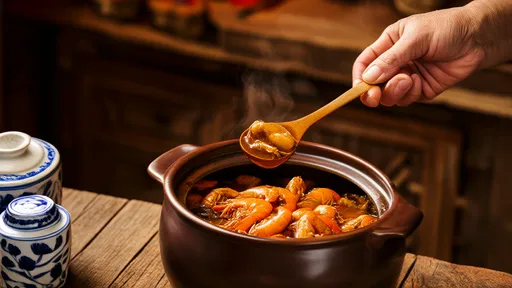
By /Aug 11, 2025
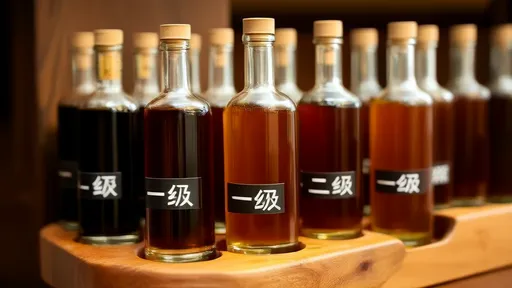
By /Aug 11, 2025
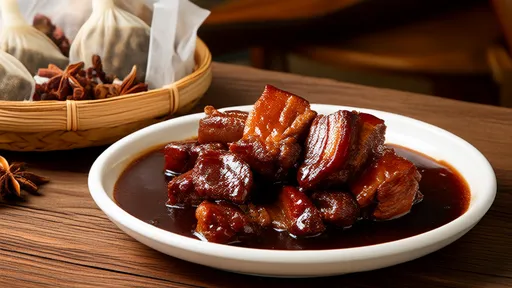
By /Aug 11, 2025
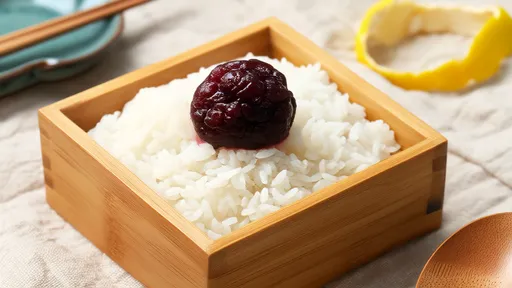
By /Aug 11, 2025

By /Aug 11, 2025

By /Aug 11, 2025
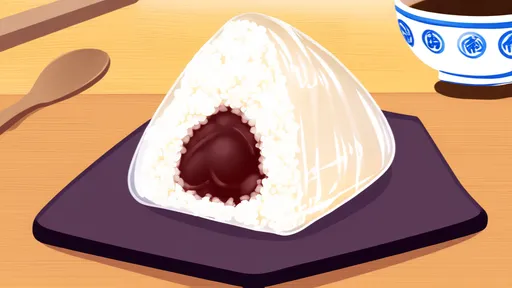
By /Aug 11, 2025
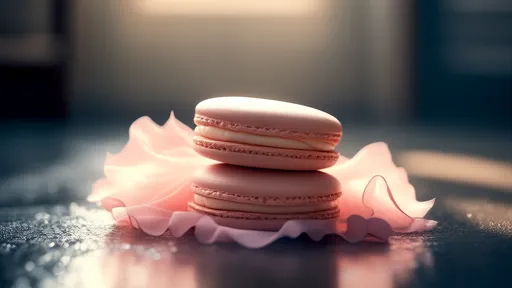
By /Aug 11, 2025
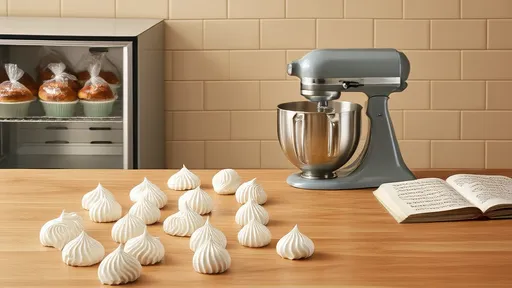
By /Aug 11, 2025
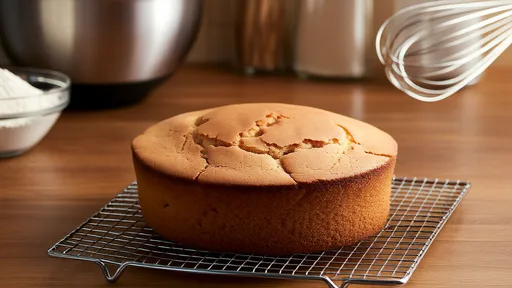
By /Aug 11, 2025
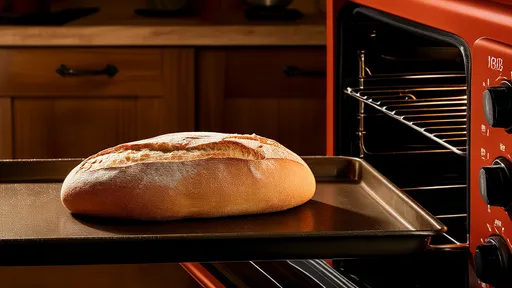
By /Aug 11, 2025
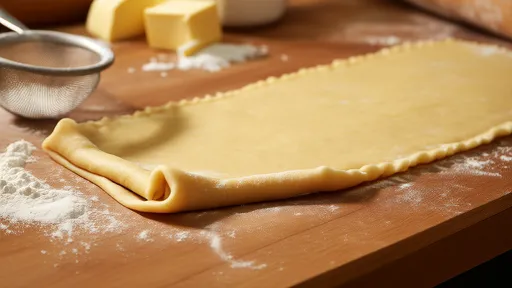
By /Aug 11, 2025
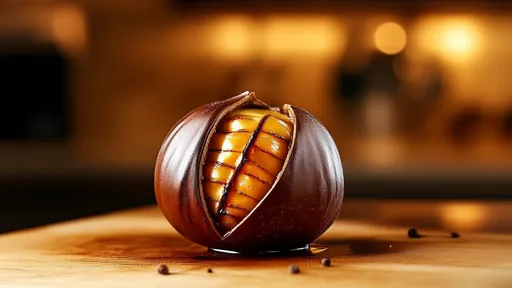
By /Aug 11, 2025

By /Aug 11, 2025
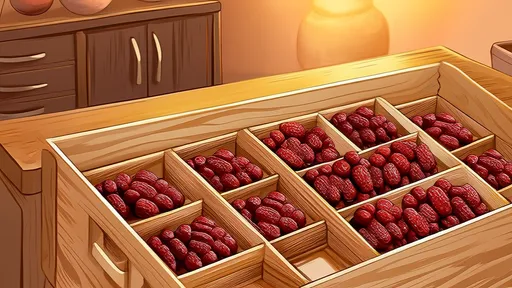
By /Aug 11, 2025
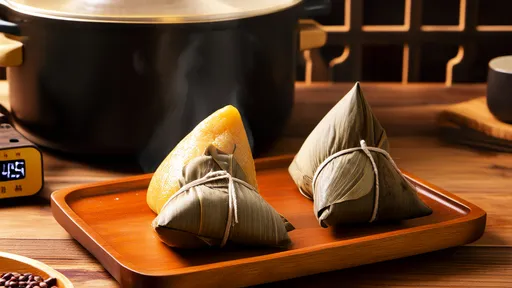
By /Aug 11, 2025
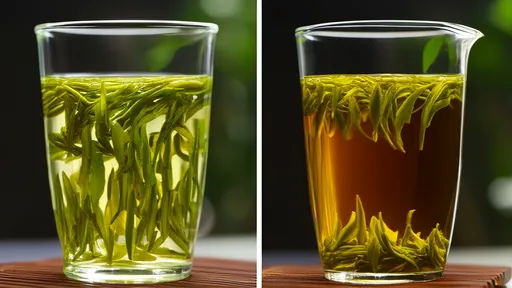
By /Aug 11, 2025
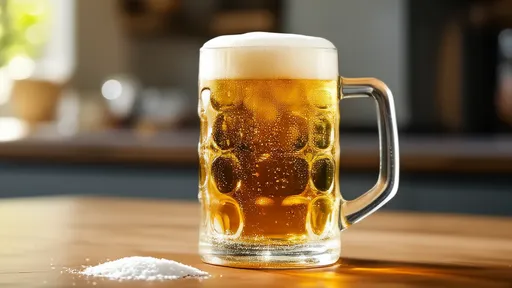
By /Aug 11, 2025
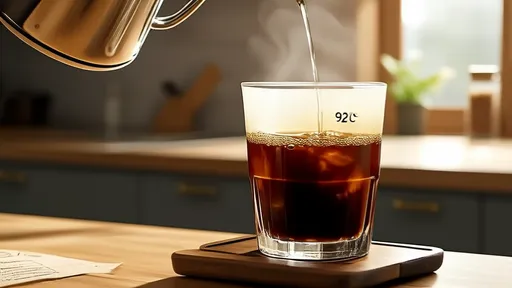
By /Aug 11, 2025

By /Aug 11, 2025